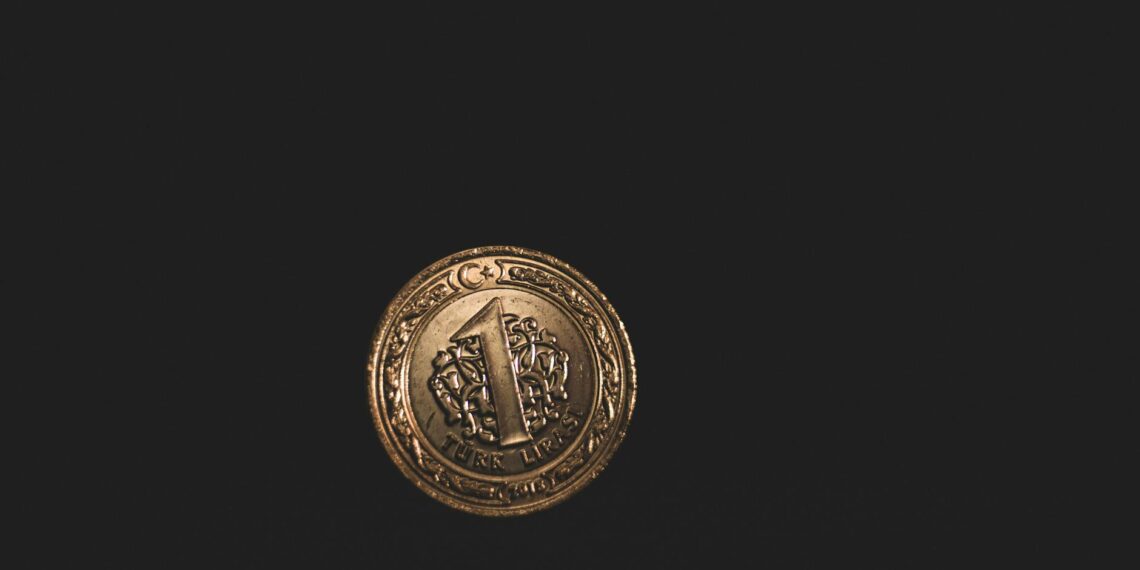There are various weights for gold coins, but the most popular and common weight is one troy ounce.
However, gold coins can come in a wide range of sizes and weights. Here are some examples:
- Fractional Ounces: Many mints offer fractional weights like half, quarter, and tenth troy ounces. For example, the American Gold Eagle is available in 1 oz, 1/2 oz, 1/4 oz, and 1/10 oz sizes.
- Grams: Some gold coins are measured in grams, such as those produced by the Chinese Mint.
- Larger Weights: Less commonly, some gold coins can be found in larger sizes like 2 oz, 10 oz, and even 1 kilogram . For instance, the Australian Gold Kangaroo comes in denominations up to 1 kilo.
- Outliers: Some of the most extreme examples include the world’s smallest gold coin, weighing just 1/20th of a gram, and the largest, a one-metric-ton coin from Australia.
It’s important to note that the term “ounce” for gold coins typically refers to a troy ounce , which is slightly heavier than a standard ounce.









Why does 1 oz gold coin say $50?
From my experience, While their actual selling price (purchasing power) varies based on the spot price of gold, these coins carry face values of $5, $10, $25, and $50. These are their legal values, reflecting their issue and monetized value as “Gold Dollars”, as opposed to standard bullion.
Are gold coins 1 oz?
Thanks for asking. Gold Eagles have a purity of 0.9167 (fineness), however, the coins total weight is 1.0909 ozs so that there is exactly 1 troy ounce of pure gold in each coin.
Is it better to buy 1 oz gold bar or coin?
For large investors purchasing in bulk, gold bars are a better value as they have lower premiums above the spot price. But if you want to add gold incrementally over time, gold coins offer the convenience of purchasing in small amounts and thus are more suitable for new investors.